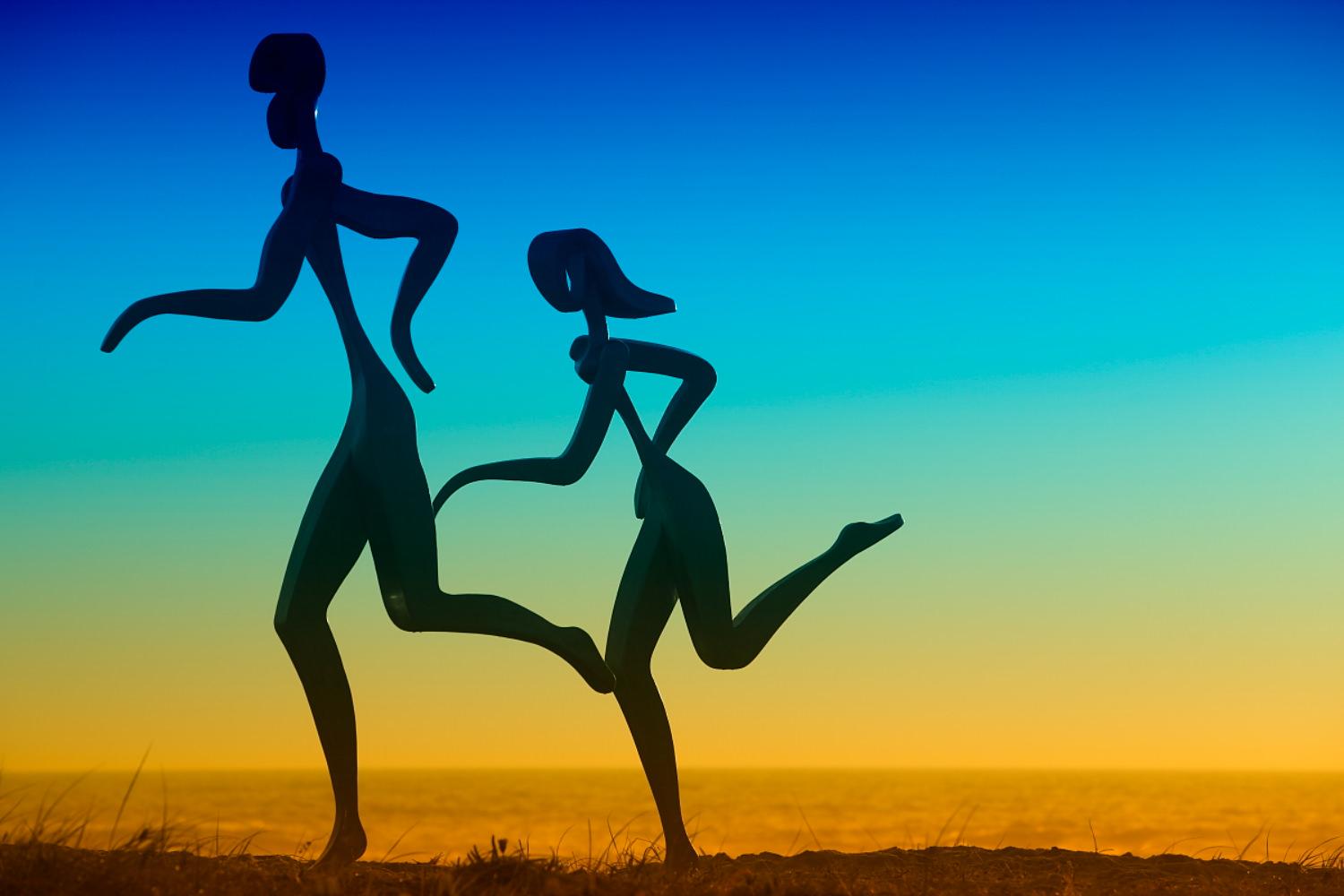Sculpture is a hugely varied medium, encompassing ancient statues, modern metallic abstracts, and everything in between. The beauty of this is that no matter what your personal tastes, you will find some form of sculpture that appeals to you.
Unfortunately, most sculpture photos are much less artistic than their subject. It is all too easy to take a straightforward snapshot of a sculpture, simply documenting it rather than shooting it in a creative way.
No matter what types of sculpture you like, there are a number of techniques which can be used to enhance your photographs of it. They will help you capture your subject in a way that says something about you and your personality, as well as the piece itself.
Put Your Own Spin on Things
An important question to ask yourself when photographing sculpture is whether you should try to show off the artist's vision by photographing the sculpture as accurately as possible, or whether you should capture it in a way that expresses what you see in it.
Personally I think that both approaches have their place, but I prefer to put my own spin on things wherever possible - otherwise you can be left with a photo which is little more than a snapshot of somebody else's work.
Try to inject some of your own personality into your sculpture photography. Image by Thomas Hawk.
Next time you're photographing sculpture, first make sure that you actually spend some time taking it in before you get your camera out. Wander all around it and examine it from different angles, and see what features and details stand out and interest you. Then base your composition around that.
Don't be afraid to use an unorthodox camera angle, such as lying on the ground looking up, and don't feel you have to capture the entire sculpture - feel free to zoom right in on one particular area and crop everything else out.
Lighting
Sculpture is by its very nature a three-dimensional medium, and you should aim to reflect that in your sculpture photography. Lighting plays a key role in adding depth to a photo. Side-front lighting usually works best because it casts long shadows across the sculpture, picking out the contours and details on the sculpture's surface. The best time for this type of lighting is around sunrise and sunset, when the sun is low in the sky.
A well-lit sculpture photograph brings out the depth and detail of the subject. Image by Brent Pearson.
If you don't have the option of choosing your lighting, remember that you still have the freedom to move around the sculpture and choose the most eye-catching angle to photograph from. It is often our first instinct to shoot sculpture front-on, from the most obvious viewpoint, but you might find that you can get much better lighting by shooting from the side, so be prepared to experiment.
Background
When choosing your composition, remember to think about the background - it's very disappointing to take what you think is a fantastic photo only to get home and notice a big distracting sign post in the background.
Avoid distracting background clutter to focus the viewer's attention on the sculpture itself. Image by Garry.
A plain and uncluttered background usually works best for sculpture photography because it keeps the viewer's attention focused on the sculpture itself. If you're having trouble finding a plain background for your photo then try using a shallow depth of field. This will throw the background out of focus, reducing its impact significantly.
Alternatively you might want to show your sculpture in the context of its surroundings, for example showing a statue in front of a stately home. This can add great interest to a sculpture photo but remember that the sculpture, not the background, should be the main focus of your shot.
